Can you recommend some deer resistant shade perennials?
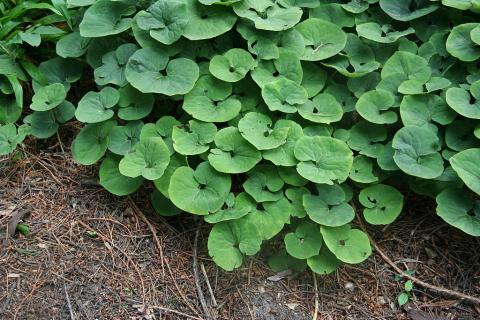
No plant is entirely deer-proof. When deer are hungry enough, they will eat just about anything in the landscape, not restricting themselves to choice favorites such as hostas and yew. Excluding deer from the garden with fencing is by far the most effective strategy for protecting plants, but it’s often not a realistic option either due to cost or aesthetics. The next best alternative is to use plants that are more deer resistant. Deer tend to avoid plants that are hairy, spiny, tough, or particularly aromatic. Fortunately, there are plenty of shade-loving perennials that feature at least one of those characteristics and are avoided by deer in all but the leanest of times.
Barrenwort (Epimedium sp.) is one of the most deer tolerant plants for shady gardens. It is a clump-forming perennial that will gradually form naturalized colonies via its creeping rhizome system. The foliage is held atop wiry stems, and delicate nodding blooms in yellow, white, pink, or red appear in late spring. Barrenwort is also extremely drought tolerant once it has become established.

Ligularia (Ligularia sp.) grows well in moist to wet soils in shady locations. Leaves form a tidy rosette of large, dark green leaves. Yellow-orange daisy-like flowers are borne at the top of stout stalks in mid-summer. Deer typically ignore this perennial, but slugs can be an issue in some situations. Despite that challenge, it is still a great choice for perennial borders with heavy shade and consistently wet soils.
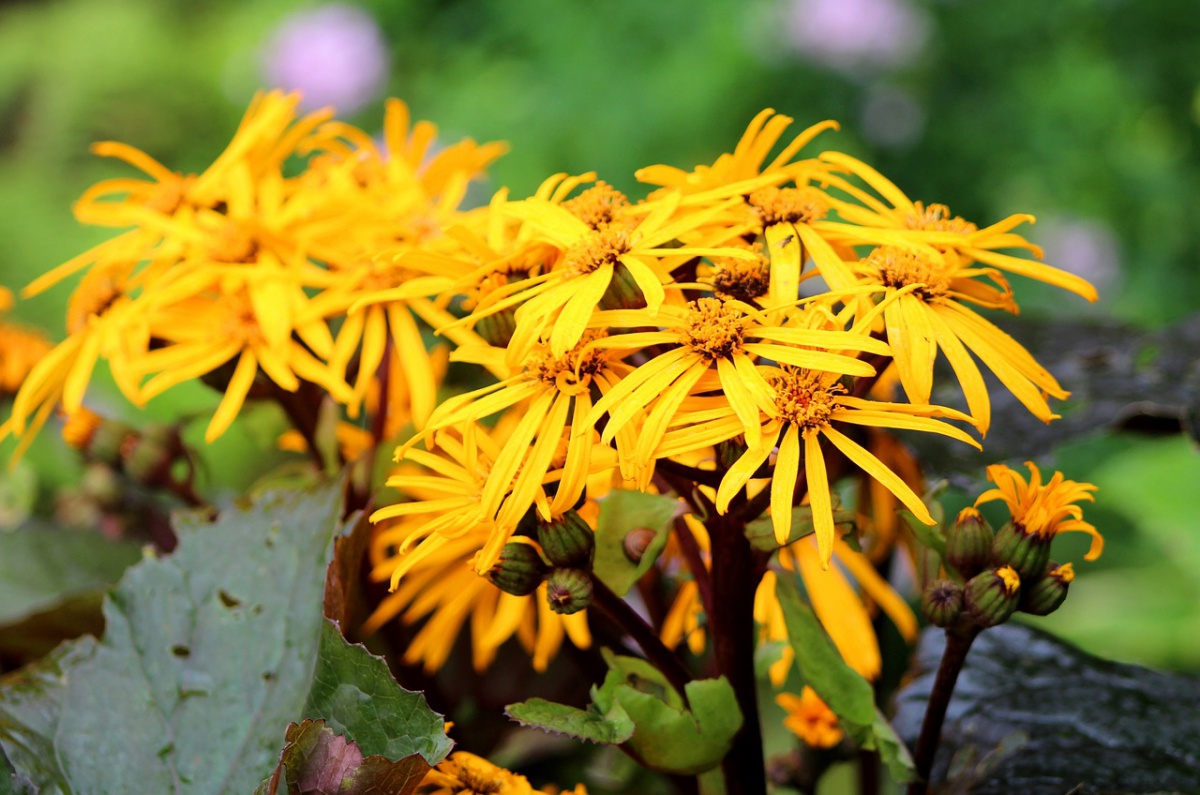
Bleeding heart finds a place on any list of deer resistant plants. Fringed bleeding heart (Dicentra eximia) is native to New Hampshire and does well in gardens with partial shade and moist, organic soils. With the right growing conditions, it will often self-seed. Fringed bleeding heart has drooping pink flowers that are accented by fern-like silvery-green foliage. Lamprocapnos spectabilis is a second type of bleeding heart that is commonly grown as a shade perennial. Its white or pink flowers are suspended from drooping flower stalks amidst green leaves. Both species of bleeding heart bloom in spring.
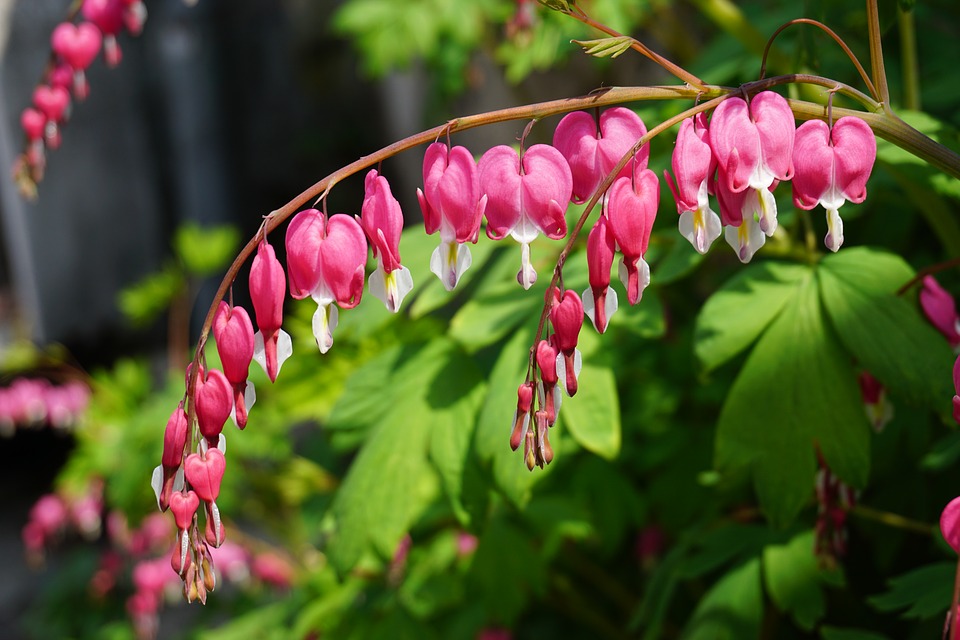
Ferns are almost always safe from deer browse regardless of species. A few reliable choices for New Hampshire are Japanese painted fern (Athyrium niponicum var. pictum), Christmas fern (Polystichum acrostichoides), cinnamon fern (Osmundastrum cinnamomeum), ostrich fern (Matteuccia struthiopteris), lady fern (Athyrium filix-femina), and New York fern (Thelypteris novaboracensis). All of these species of fern thrive in part to full shade in organically rich, moist soils.

Lungwort (Pulmonaria sp.) is a spring blooming perennial that works well as a groundcover or for naturalizing. It is very easy to grow as long as it is planted in shady spots with consistently moist, well-drained soils. In a similar way to hosta, lungwort is usually grown more for its foliage than its flowers. The hairy leaves are covered with attractive grayish-green spots and blotches that vary depending on the cultivated variety.
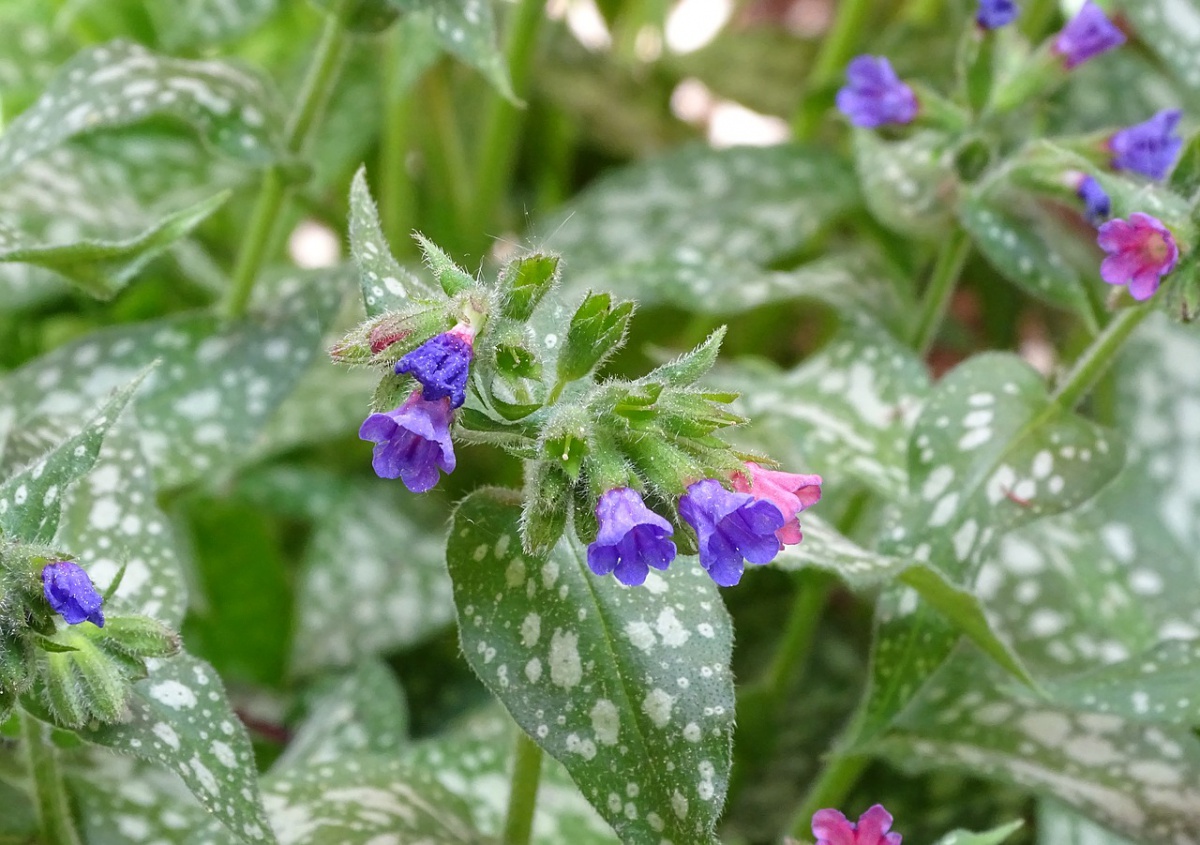
European wild ginger (Asarum europaeum) and wild ginger (Asarum canadense) are both attractive groundcovers that spread gradually by rhizomes. The leathery, glossy leaves of European wild ginger and the fuzzy leaves of wild ginger keep deer away while adding an interesting texture to woodland gardens and the edges of perennial borders.
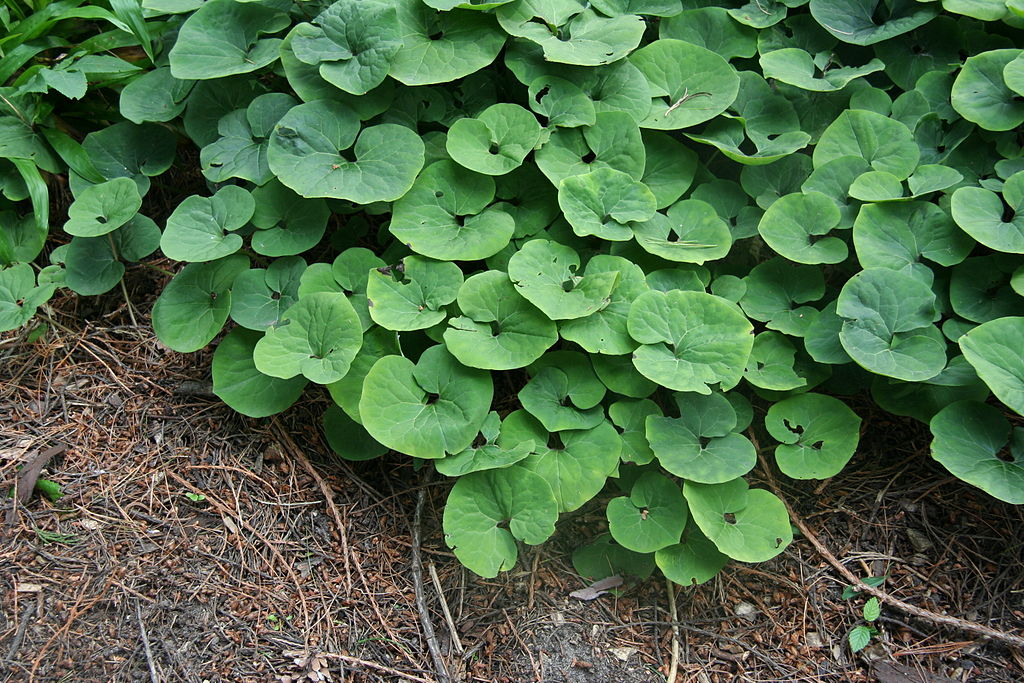
Hakone grass (Hakonechloa macra) can add a different texture to shade gardens in Zone 5 or warmer. While most ornamental grasses perform best when planted in full sun, Hakone grass is at its best in part shade. It is a clumping species that forms low, dense mounds that are not invasive. Some cultivars have either variegated or bright chartreuse leaf blades.
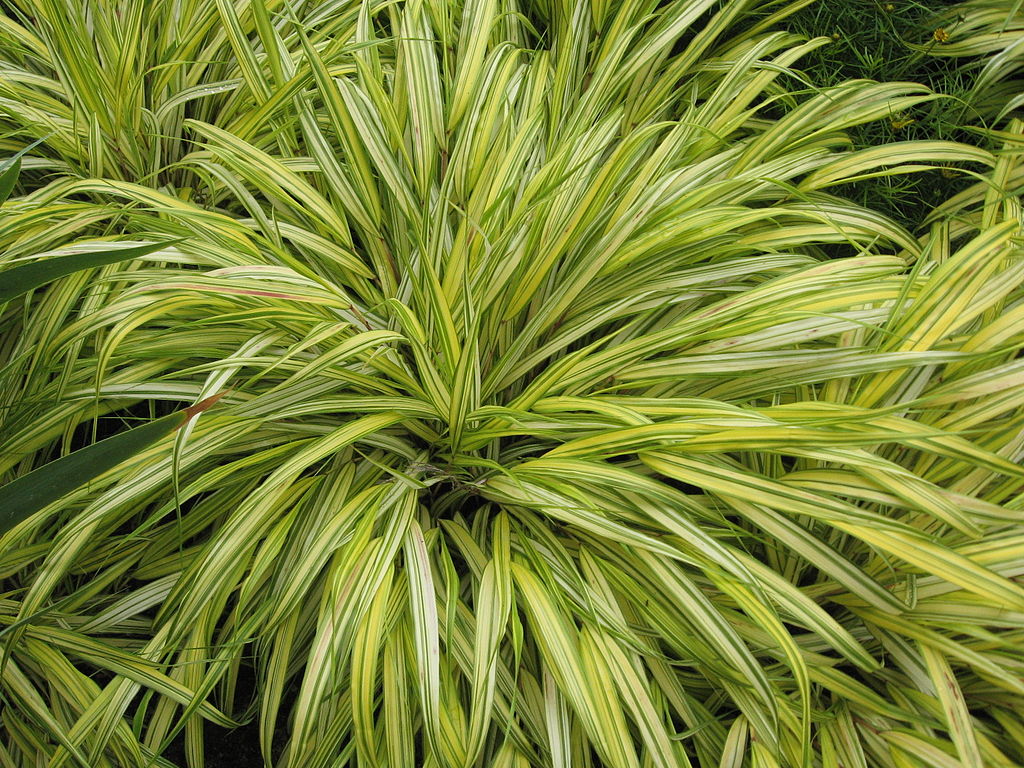
Hellebore (Helleborus sp.) is a shade perennial that puts on a good show in early spring with flowers in shades of white, pink, purple and green. In New Hampshire, you should expect the leathery evergreen foliage to sustain damage over the winter unless it is protected from winds or insulated by snow cover. Fortunately, even if the foliage is damaged, the flowers are still reliable and new leaves will emerge during the bloom period.
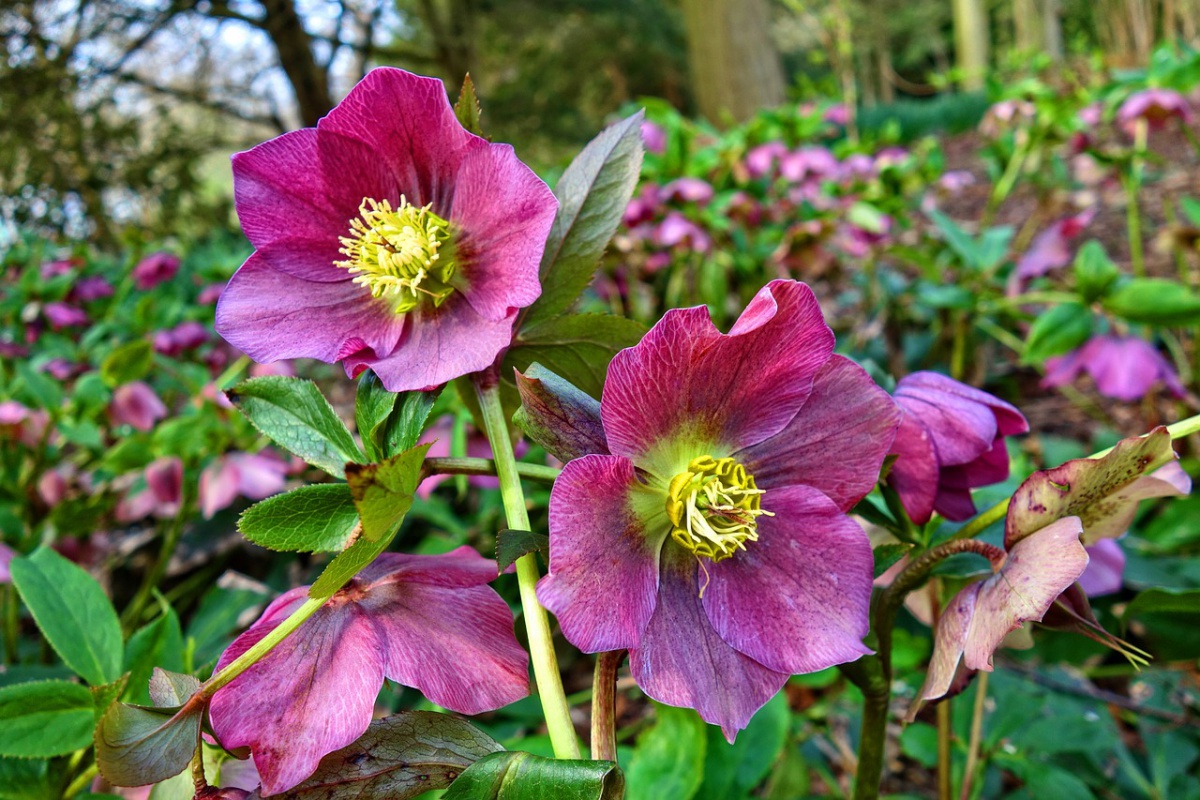
Pigsqueak (Bergenia sp.) is a clump-forming perennial that can form an attractive groundcover over time. Its leathery, glossy, dark green leaves deter deer and add an interesting look to the shade garden. In spring, deep pink flowers in tight panicles bloom above the foliage. Pigsqueak supposedly gets its name from the sound the leaves make when they are rubbed between forefinger and thumb.
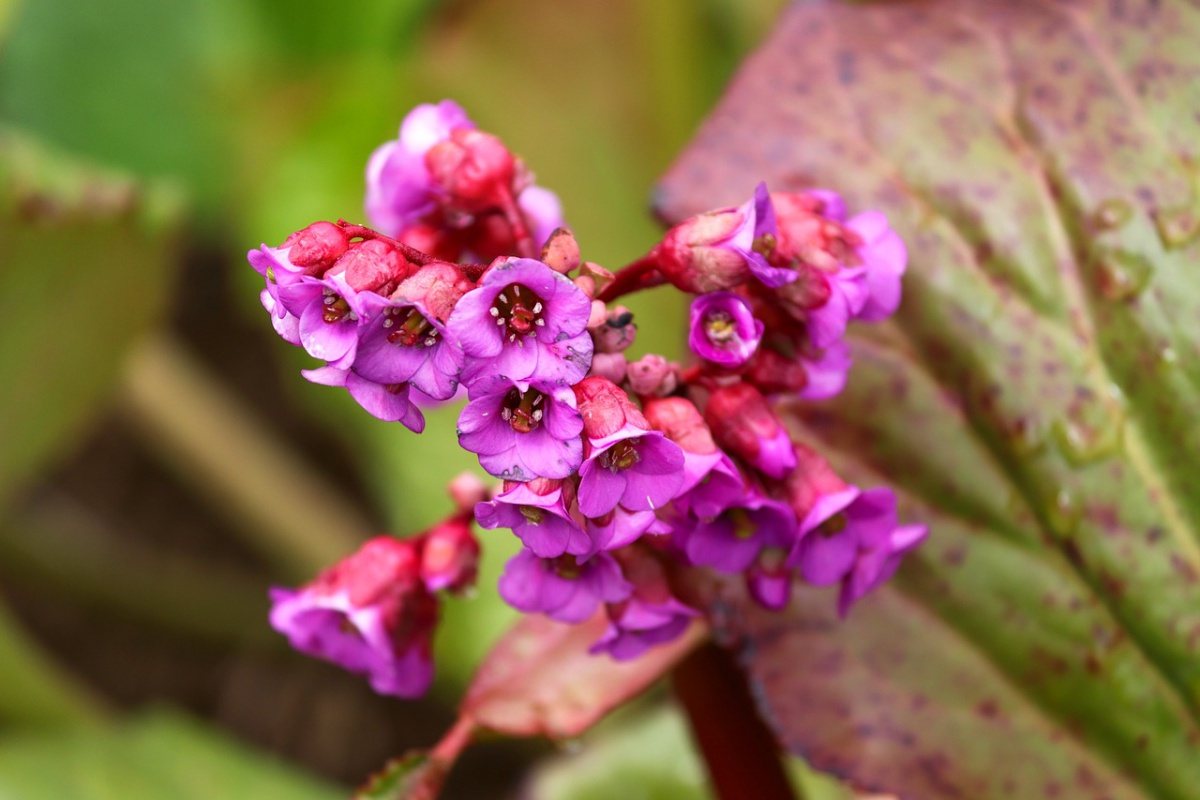
Of course, this is only a partial list of deer resistant shade perennials. For additional planting ideas, talk to the staff at your local garden center or Ask UNH Extension.
Got questions? The Ask UNH Extension Infoline offers practical help finding answers for your home, yard, and garden questions. Call toll free at 1-877-398-4769, Monday to Friday, 9 a.m. to 2 p.m., or e-mail us at answers@unh.edu.
------
photo credits:
Japanese Painted Fern, by Derek Ramsey, Wikimedia Commons, Creative Commons Attribution-Share Alike 2.5 Generic
Hakone grass, by Cillas, Wikimedia Commons, Wikimedia Commons, Creative Commons Attribution-Share Alike 2.5 Generic
Related Resource(s)
Do you love learning about stuff like this?
SUBSCRIBE TO Granite State Gardening newsletter
Got questions? The UNH Extension Yard and Garden Infoline offers practical help finding answers for your yard and garden questions.
Call toll free at 1-877-398-4769, Monday to Friday, 9 a.m. to 2 p.m., or fill out webform.
